Geodes vs Thunder Eggs
I was recently asked on this site: "What's the difference between a geode and a thunder egg?"
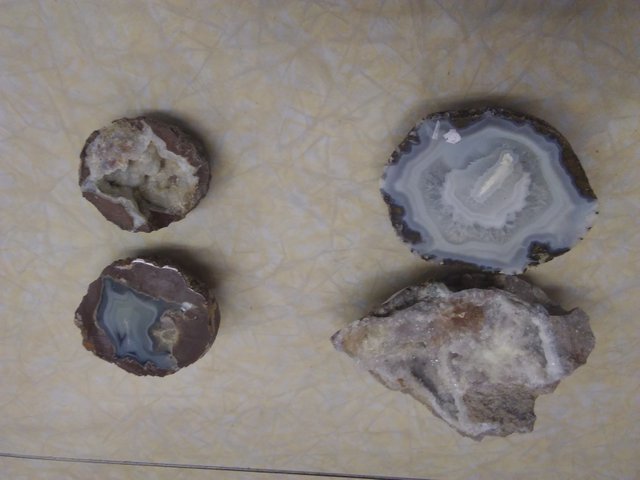
In all honesty, there is not much difference at all. They are both formed from volcanoes and they both have crystalline structures in them. There are many different interpretations as what makes one a thunder egg and the other a geode. Some say that geodes are hollow and thunder eggs are solid. I have personally seen solid geodes, called nodules, and hollow thunder eggs.
Lets first look at the names.
Thunder eggs were first discovered by natives who believed that lightning broke open from eggs and shot up to the sky. Hence the name.
.jpg)
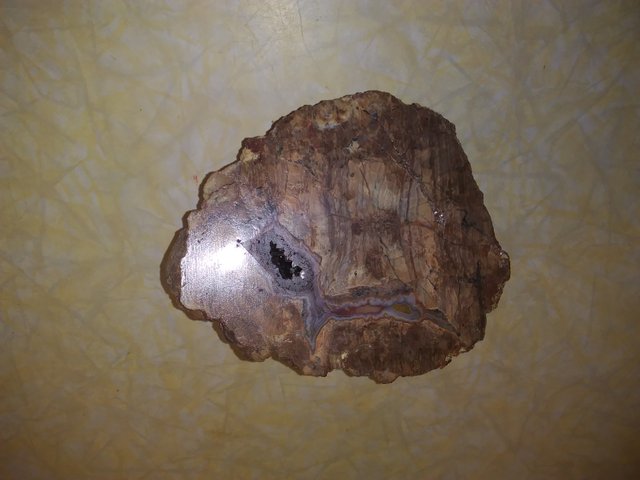
It is held to some belief that thunder eggs formed under water and the mineral laden silicate ; Chalcedony , seeped into the specimen and filled the void to solidify. There is also belief that thunder eggs were originally fissures (cracks) in the rocks that were again filled with chalcedony. This could explain the consistent jagged formation of the core found in almost all thunder eggs. They can be easily determined by the "star points" found in them
Geode has several definition origins; Latin- precious stone. Greek- earthy or earth like. Standard English- any rock with a hole in it which allows crystals to grow.
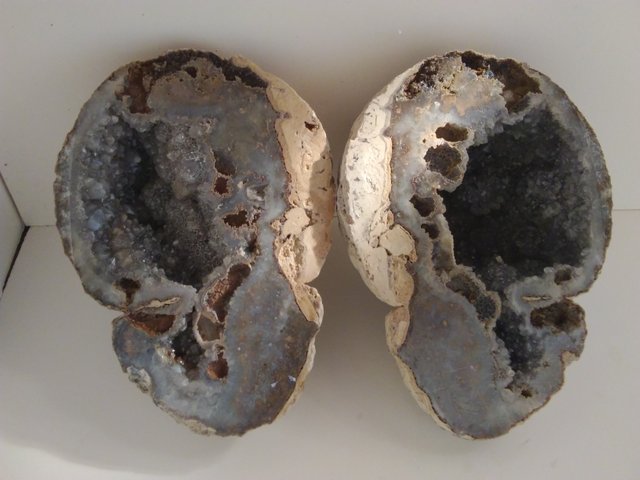
While most geodes are hollow:
.jpg)
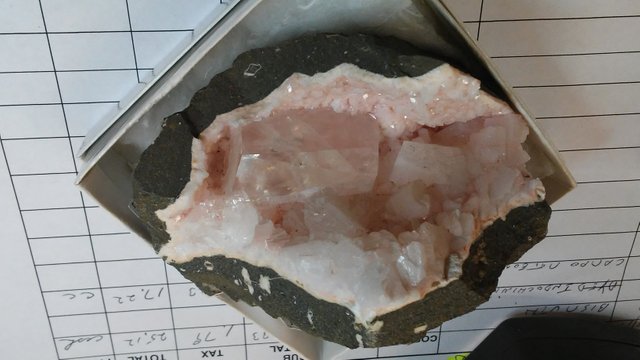
As I mentioned earlier some are solid. They are called nodules.
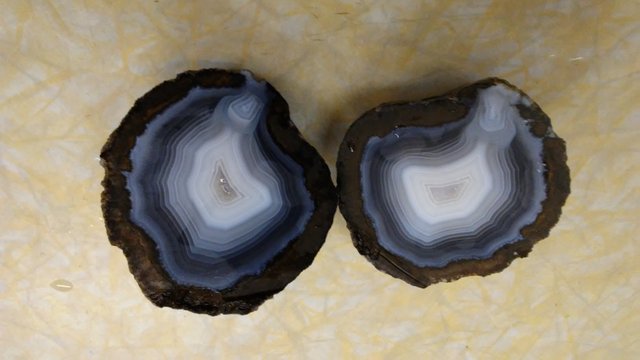
Of course there are always exceptions to the rules;
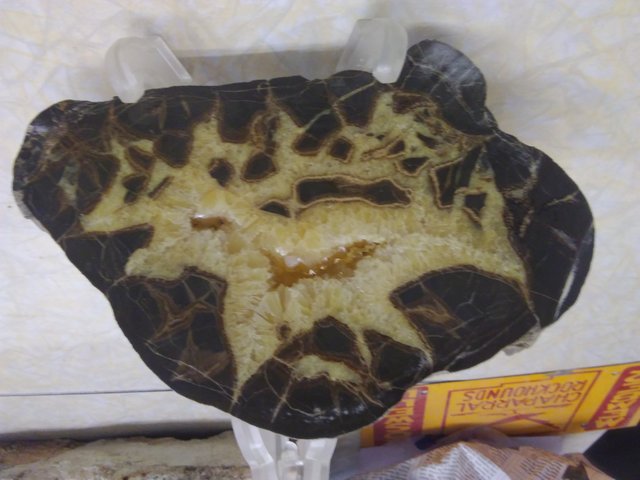
This is a cut Septarian Nodule. As clearly seen there are jagged edges with "star points" making it a thunder egg. It is also partly hollow; so how is it a nodule? So you decide; Is it a thunder egg, or a geode nodule?
Hi @roswellrockman, I just stopped back to let you know your post was one of my favourite reads and I included it in my Paddling Nature Ramble. You can read what I wrote about your post here.
I'm glad you were intrigued and educated. Thank you for the reference on your post and the upvote.
This is cool and amazing, this is the first time i amseeing such, thanks for this eye opener. Can i ask u question. are they also called pyroclasts?
In regard to the question of being pyroclasts: no Pyroclasts are a mixture of ash and molten lava that solidifies. While there may be vugs (holes with crystals in them) They are part of a larger formation. Geodes and thunder eggs are independent rocks.
Thank you very much for the explanation
You received a 80.0% upvote since you are a member of geopolis and wrote in the category of "geology".
To read more about us and what we do, click here.
https://steemit.com/geopolis/@geopolis/geopolis-the-community-for-global-sciences-update-4
Super cool, thanks for posting the clarification. I also learned a bonus thing - nodules.
In my own humble opinion, 'thunder egg' is a much cooler name. I'm also finding that I'm partial to the star points. That last one is gorgeous - and I'm voting for it being a thunder egg (unless the dealer charges less for geodes) ;) .
Thanks! In a short post I learnt more than I ever knew about rocks! I had heard of a geode, but never a Thunder Egg...